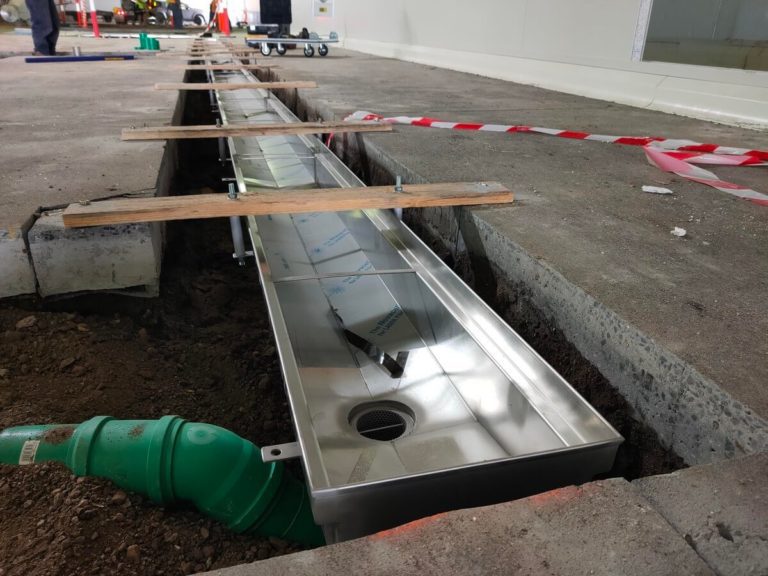Surface drainage systems are an essential component of any urban infrastructure. They are designed to effectively manage water flow from rainfall and other sources, preventing flooding and erosion. Various types of surface drainage systems are available today, each with unique characteristics, strengths and weaknesses.
This article provides an overview of the different types of surface drainage systems and their features, helping you to choose the best one for your needs. Whether you are looking to install a drainage system in your home or business or a civil engineer looking to design an efficient drainage system for a new project, this guide will help you make an informed decision.
The Purpose
Surface drainage systems are designed to manage the water flow on the earth’s surface. They are used to prevent flooding, erosion, and damage to buildings and infrastructure. These systems collect and transport water away from a particular area to prevent it from pooling and causing damage. Surface drainage systems are essential for maintaining the safety and functionality of urban regions and protecting the environment.
Types of Surface Drainage Systems
1. Gutters and Downspouts
Gutters and downspouts are the most common type of surface drainage system used in residential and commercial buildings. They are designed to collect water from the roof and channel it away from the building. Gutters are typically made from aluminium, vinyl, or steel and come in various sizes and shapes. Downspouts are usually made from PVC or aluminium and transport water from the gutters to the ground.
2. French Drains
French drains are typically used to collect and transport water from low-lying areas or areas with poor drainage. They consist of a perforated pipe surrounded by gravel or crushed stone. The line is buried underground, and water flows into it through the perforations. The water is then transported away from the area and discharged into a nearby stormwater system.
3. Catch Basins
Catch basins are used to collect water from paved surfaces such as roads, parking lots, and sidewalks. They consist of a basin or sump surrounded by a grate or cover. When water flows over the grate or cover, it enters the basin and is transported away through a pipe.
4. Swales
Swales are shallow, sloping channels that transport water away from an area. They are typically used in low-grade areas or where traditional drainage systems are not feasible. Swales are often planted with vegetation to help absorb and filter the water.
5. Green Roofs
Green roofs are becoming increasingly popular as surface drainage systems. They are designed to collect and absorb rainwater, reducing the amount of runoff that enters the stormwater system. Green roofs consist of a layer of vegetation and soil, which helps to absorb and filter the water.
Conclusion
Surface drainage systems are essential for managing water flow in urban areas. Various types of surface drainage systems are available, each with unique characteristics, strengths, and weaknesses. When choosing a surface drainage system, it is essential to consider factors such as the location, the type of surface, and the amount of water that needs to be managed. Selecting the right surface drainage system can help prevent flooding, erosion, and damage to buildings and infrastructure.
If you are looking for reliable drainage contractors, contact Yeti Civil Products. We are proud to provide you with the best possible solutions and systems using high-quality, long-lasting stainless steel drains and grates. Contact us and tell us what you need today!

